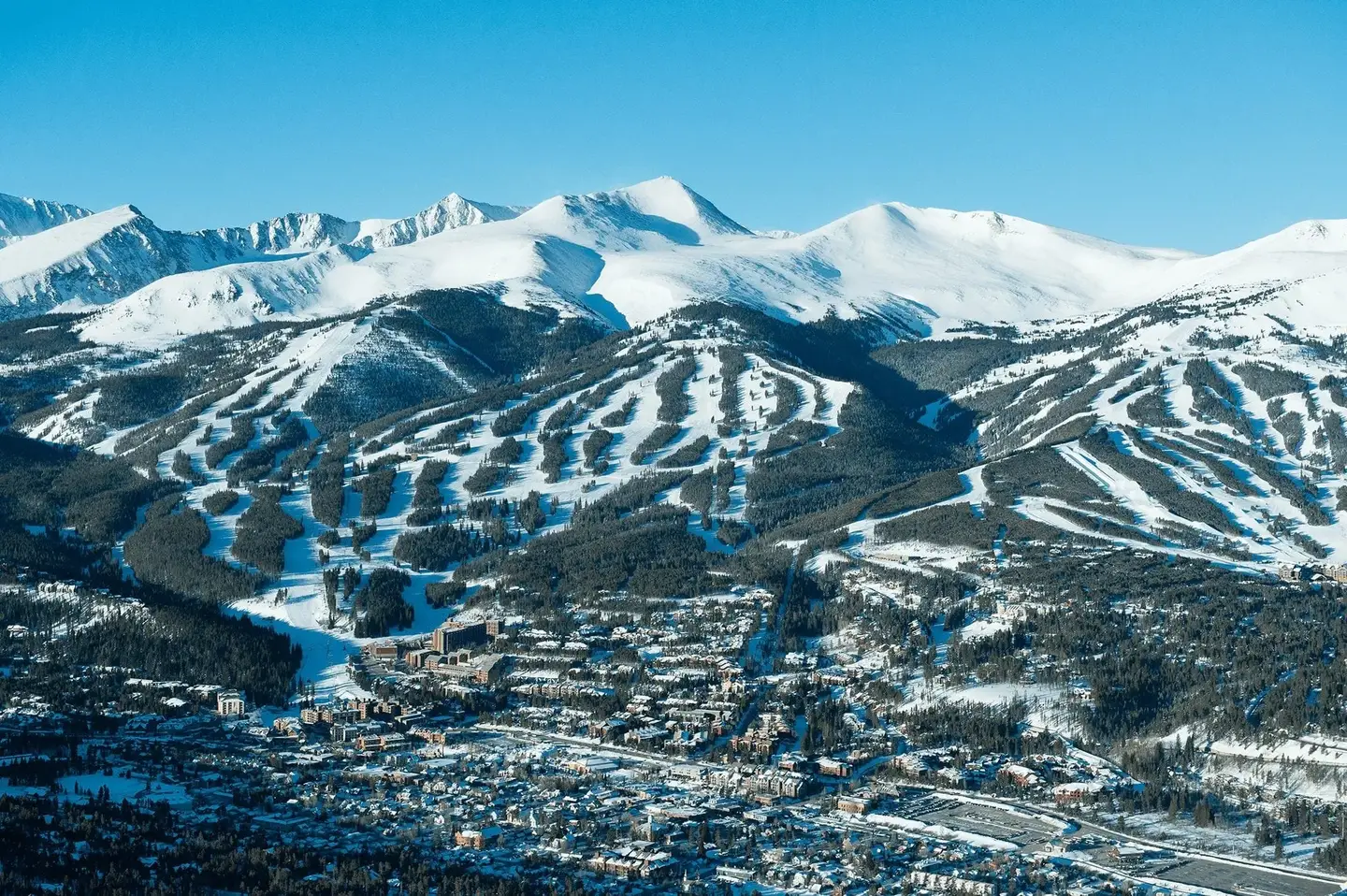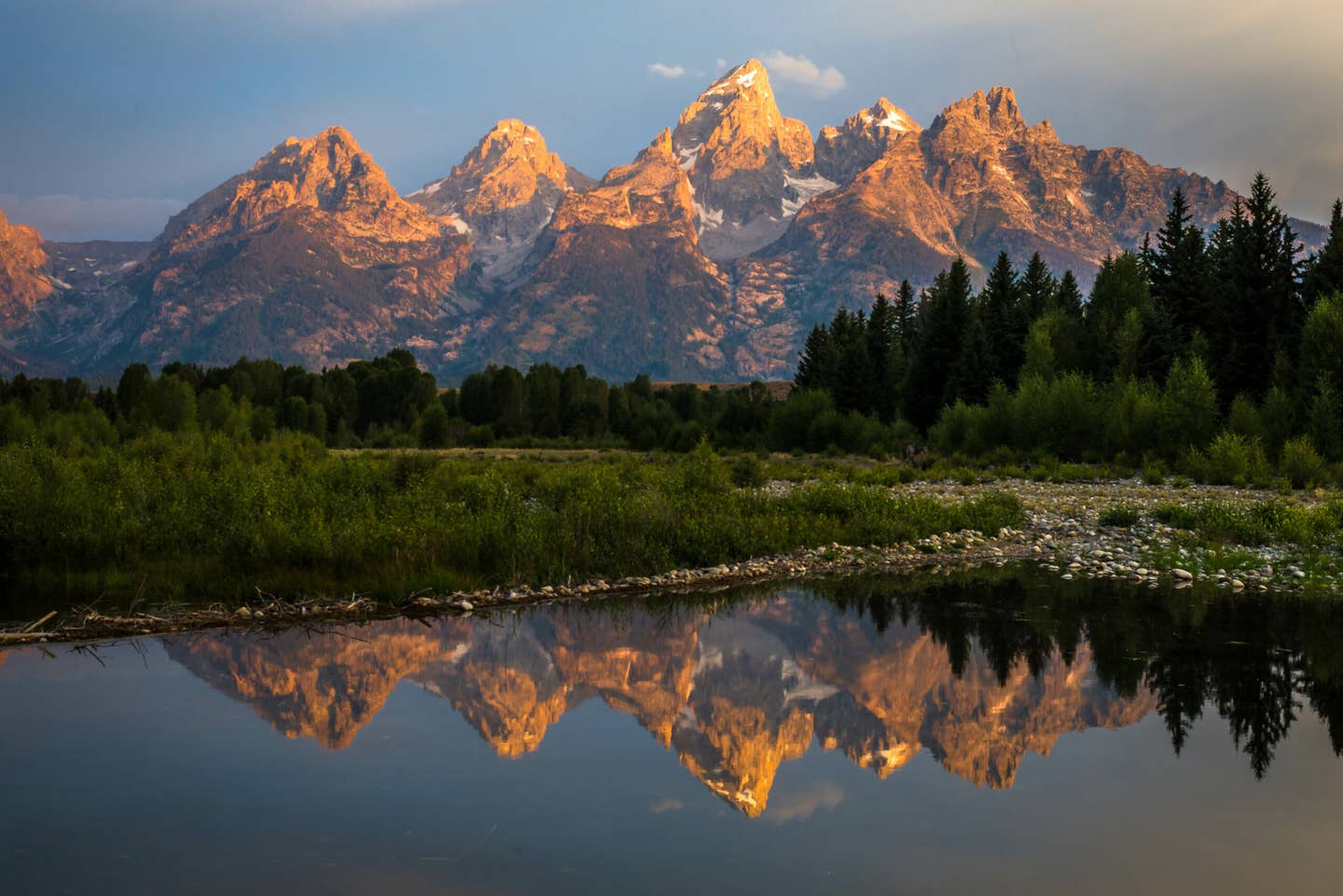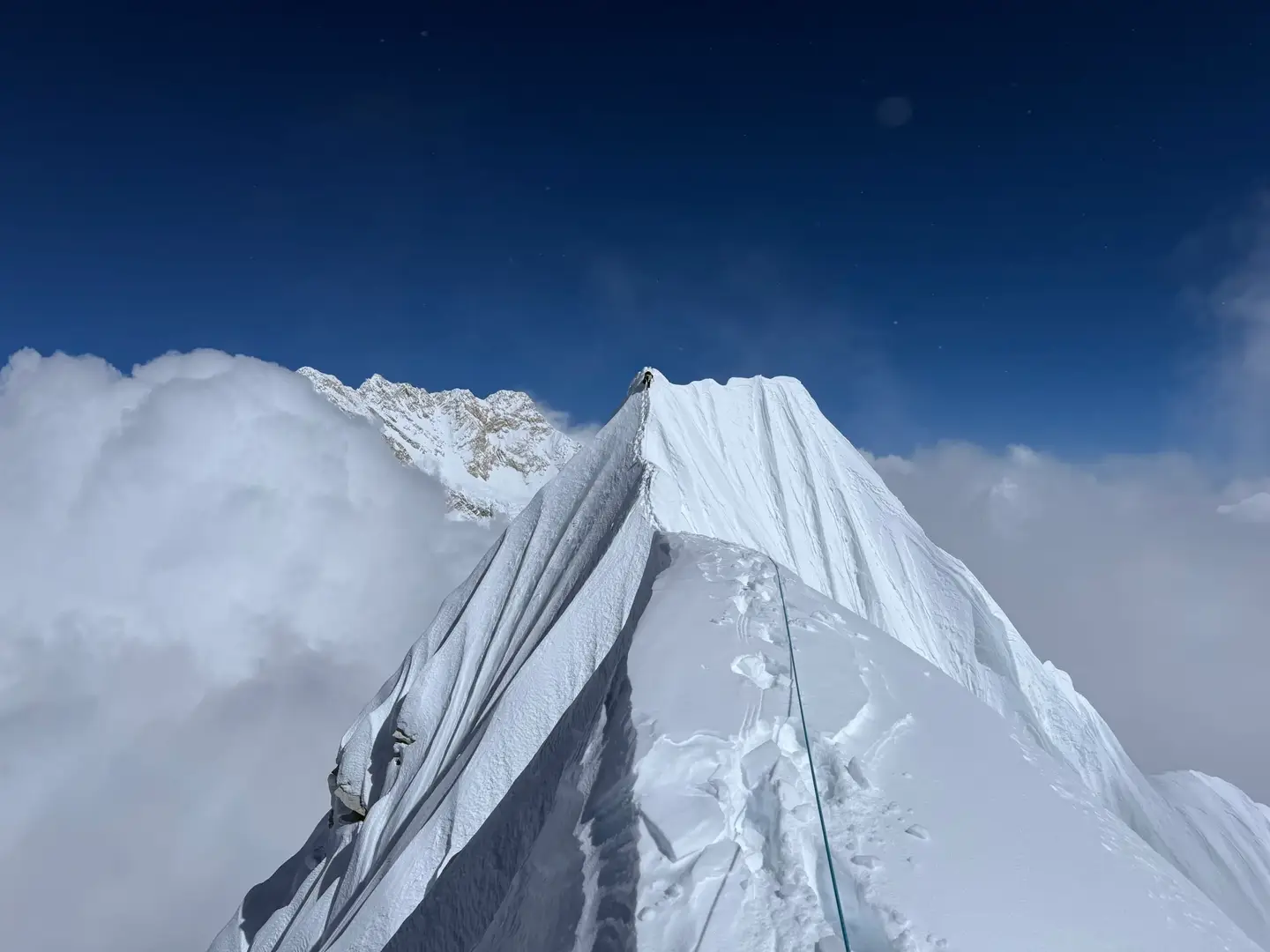

Hut Life: Your Essential Guide to Crushing a Winter Backcountry Trip
Popular Stories
The resort crowds disappear when you head into the backcountry. A winter hut trip is an invitation to unplug, find solitude, and earn your turns with a crew of likeminded riders. It’s about skiing untouched snow and ending the day with the satisfaction of a warm fire, good company, and no lift lines. The ultimate payoff is days of pristine exploration with the comfort of a solid roof over your head, a kitchen to cook in, and a place to dry your gear.
Step 1: Lock in Your Basecamp Early
Before you even touch your backpack, you have to win the reservation lottery. Backcountry huts, such as the storied 10th Mountain Division Hut System in Colorado, are highly sought after. Popular spots fill up instantly when reservations are released—often months or even a year in advance. This is not a drill; it’s a strategy game.
The Playbook for Booking:
The Mid-Week Advantage: If your schedule allows, a Tuesday-Thursday trip is exponentially easier to book than a Friday-Sunday trip. More time on the hill, fewer crowds, better ratios.
Be Early and Precise: Know the exact date and time the reservation system opens, and be online. Have your dates, payment information, and group size locked down.
Embrace the Shoulder Season: Mid-January through mid-March is prime time, but also the most competitive. Consider a trip in early December or late April to increase your odds and potentially find deeper snow.

Step 2: Know Your Route and Your Crew
In the backcountry, there is no patrol, no help button, and no shortcuts. This is high-consequence terrain, and preparedness is the only shield. It is critical that your group, collectively, possess the necessary skills to manage risk. This isn't just about survival; it's about making smart decisions when fatigue sets in, far from any help.
Mandatory Group Skill Set:
- Avalanche Education: Everyone in your group should have a minimum of an Avalanche Safety Course (AIARE) Level 1. Furthermore, practice drills until they are muscle memory. Always check the local avalanche report and heed it.
- Route Finding Mastery: Cell service will fail. You must be proficient with a physical map and compass. Bring a GPS device or a navigation app with downloaded offline maps as a critical backup.
- Group Dynamics: Agree on a leader and establish clear decision-making protocols before you leave the trailhead. The least experienced person’s veto should always be respected.
The Mission Kit: Packing for Performance and Comfort
When you are breaking trail and carrying everything, every ounce matters. Do not compromise on safety gear, but be merciless when cutting weight from comfort items.
Sign Up for the TGR Gravity Check Newsletter Now
The Essential Safety Kit (One per Person):
- Avalanche Beacon, Shovel, and Probe. Make sure you know how to use them, and that your beacon has fresh batteries.
- First Aid Kit, including blister treatments.
- Headlamp with extra batteries.
- Multi-tool/Repair Kit (including duct tape, extra ski straps, and binding screws).
- Satellite communication device (like a Garmin InReach or SAT phone) for emergencies.
The Comfort Kit:
- Layering System: You'll be sweating on the way up and potentially cold at the summit, so layers are key. Bring moisture-wicking base layers, a mid-layer fleece or insulating jacket, and a waterproof shell.
- A Puffy Jacket: A warm down or synthetic jacket is necessary for breaks and the cold mountain air.
- Sleeping Bag: Most huts are heated by a wood stove, but a lightweight sleeping bag (rated for local winter temps) is a must-have for a comfortable night.
- Sun Protection: Don't forget sunscreen, lip balm, sunglasses, and goggles—the sun exposure is intense at high altitude and with snow reflection.
- Hut Comforts: Throw in a pair of down booties or Crocs for around the cabin to give your feet a break from ski boots.

The Hut Code: Respect the Sanctuary
When you walk into a backcountry hut, you are entering a shared resource that operates on the collective respect of its users. This is not a hotel; it is a collaborative sanctuary.
- Pack it in, Pack it Out: All trash, including food scraps and wrappers, must leave with you.
- Leave Wood for the Next Crew: It is a fundamental rule of hut life. Leave the next group with a full, dry wood pile and a cleaned stove.
- Water Source Etiquette: Snow around the hut is often the next group's drinking water. Use designated facilities for waste, and never contaminate the immediate area.
A winter hut trip is an opportunity to push past your comfort zone, live the dream, and find deep snow that the resort crowds will never see. Get dialed, stay safe, and enjoy the silence.



